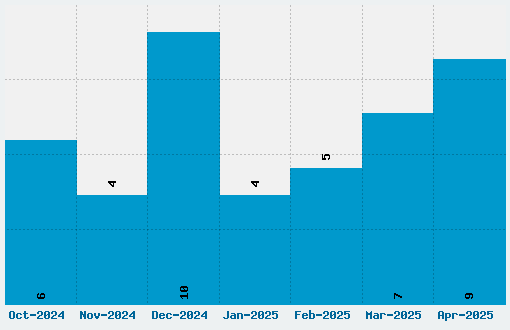

But it’s also game design genius in the raw. Honestly, it’s nowhere near as much fun to play as 1991’s A Link to the Past, never mind later entries.

It’s a very old game now: difficult, inscrutable, and minimalist by modern standards. The world was finally ready for the kind of adventure Miyamoto and Tezuka had imagined 31 years prior.Įven knowing all this context as I do - and having written about Zelda games for 20 years, and played them for even longer - it has been an equivalent shock to properly play The Legend of Zelda for the first time. Ironically, it would outsell all of its predecessors by a huge margin, and also become the first Zelda to outsell a contemporary Mario game. They were probably better games for it, and certainly easier to enjoy.Ģ017’s Breath of the Wild was a shock to that system: an incredibly free-form reinvention of role-playing and open-world conventions, and a return to Zelda’s original nonlinear philosophy.

Sequels kept the spirit of adventure alive, but used meticulous gear-gating systems - essentially a series of locks and keys - to enforce order on the player’s progress through their labyrinthine worlds. Perhaps it was inevitable that Zelda would later become a little more like its more popular twin. The Legend of Zelda was a hit, but sold a fraction as many copies. was a phenomenon and remains one of the best-selling games of all time. Join us on our journey through The Legend of Zelda series, from the original 1986 game to the release of The Legend of Zelda: Tears of the Kingdom and beyond. The original Legend of Zelda logo simply spells the name of the title, with the word "Zelda" written in a stylized red font.įuture re-releases of the game also feature a golden Shield with two Hearts, a key, and the image of a lion rampant.In 2023, Polygon is embarking on a Zeldathon. The newer logo for The Legend of Zelda as depicted on the Classic NES Series box art


 0 kommentar(er)
0 kommentar(er)
